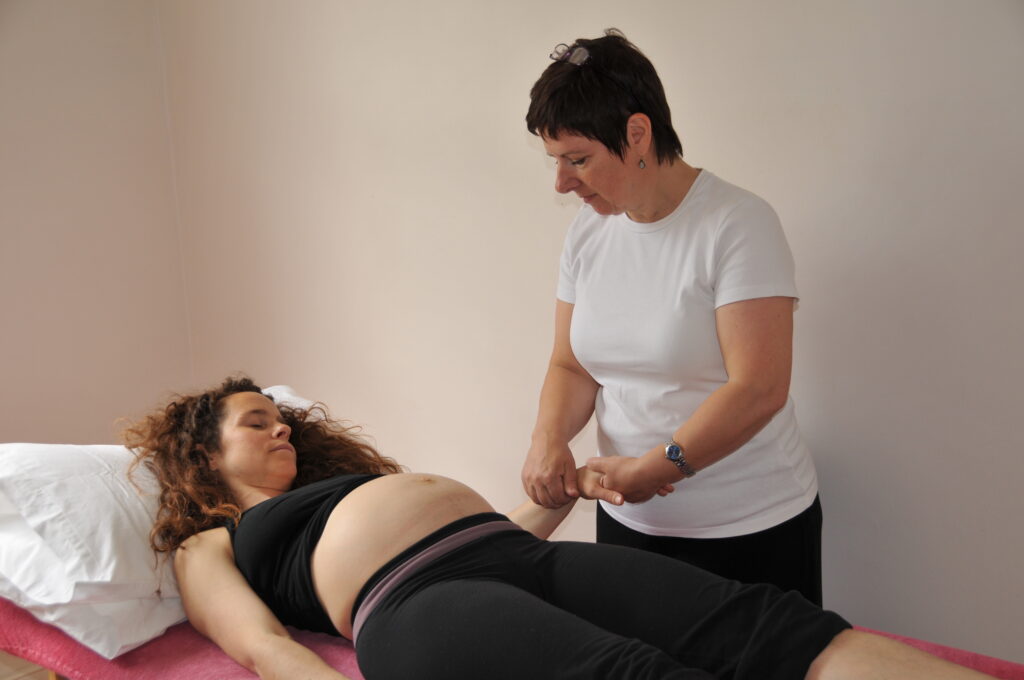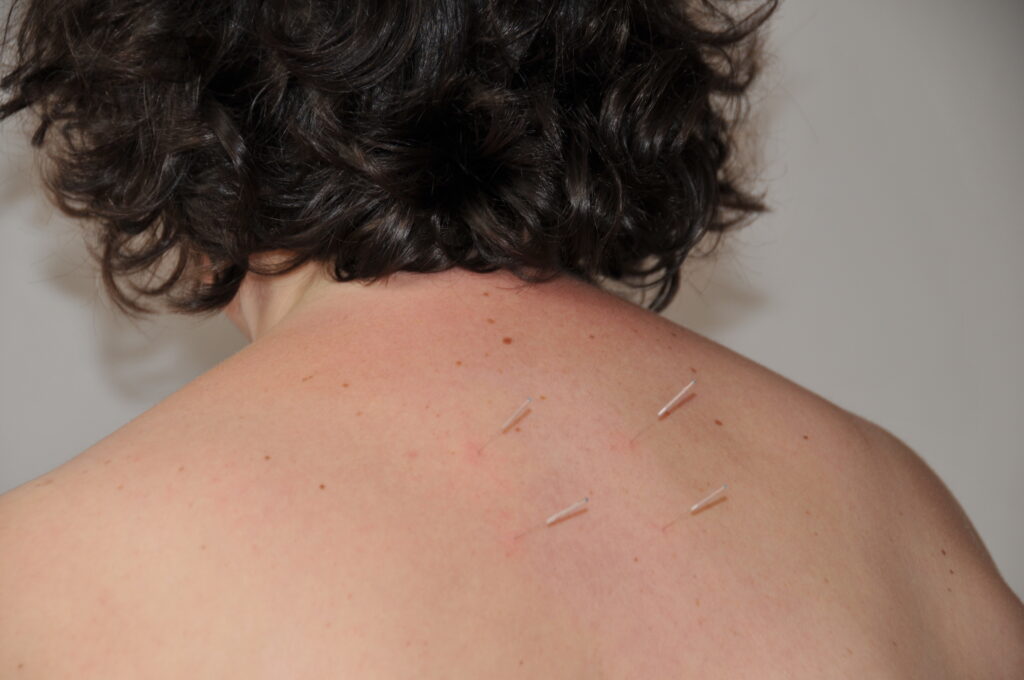A day in the life of an acupuncturist
My first patient of the day is a woman who suffers from insomnia. She has a stressful job in the city, works very late and finds it difficult to switch off. The acupuncture treatment lasts 45 minutes. We have a brief update on how she’s been and what results she’d like to get from her session.

London is a 24-hour city and sometimes it can be a struggle keeping a sensible working diary. Early starts and long evenings are common but I came to acupuncture from the live entertainment industry so I’m not shy of putting in the hours. Free time often comes in the middle of the day and that brings its own joys, like long walks with the dog and meeting friends for coffee.
8am
The patient then lies on the couch and I take her wrist pulses, a diagnostic technique that help me to identify what acupuncture points would be most helpful to treat to encourage her systems to become and stay balanced. In turn, this will help her to have better sleep. Acupuncture simultaneously works in treating the mind, body and spirit so it’s very well suited to a lot of stress-related problems.
Acupuncture needles are gently inserted in the skin at different places on the body and she relaxes on the couch for about 30 minutes. At the end of the session I’ll take her pulses again and record any evident changes. Finally I place small acupressure seeds on specific points in both ears. These stay in place with sticky plaster and should remain in situ for up to a week. The points can be stimulated by gently pressing on the seed and this has a wonderful calming effect on the body’s systems. We arrange to meet again two weeks later.
8.45am 
My next patient wants to start a family and is having IVF at a local hospital. She has acupuncture to support the IVF and improve her chances of becoming pregnant. Working alongside the drug protocols, acupuncture helps her body to respond to each stage of the process and reduce possible side effects from the drug treatment. The acupuncture also helps reduce the feelings of stress and anxiety during this process.
She is having pre and post embryo transfer acupuncture treatments and I’ll be using a treatment that is known worldwide, its popularity is well supported by clinical trials.
9.30 – 11.45am
I see three more patients that morning. They are an elderly man with osteoarthritis in his joints, a woman who is struggling to lose weight and has recently been diagnosed with diabetes and finally a two year old child who has persistent ear infections. I use a no-needle style of acupuncture with babies and children called Shonishin from Japan. I love working with children; they can be curious and enthusiastic.
I gently stroked and brushed the skin on the energy pathways and then tapped on specific acupuncture points on the hands, legs and back. I then used a ‘magic ball’, the same type of seed and plaster used earlier that morning, on a point on the upper back which should stay in place for up to a week. If the infection became worse then I would be suggesting they return to see the GP for medical support.
11.45 – 2.45pm
A well-earned break! I felt tired but I’d enjoyed the flow of the morning. I headed out to Wimbledon Common with the dog for a good long walk and a quick lunch in the café by the windmill. My fertility patient called me, the embryo was healthy and her transfer had gone very smoothly. I headed back to my clinic to give her the post embryo transfer treatment and another hug! Acupuncture has become very popular for couples that want support with their fertility health and then pregnancy.
 3.30 – 6.30pm
3.30 – 6.30pm
A combination of admin and domestic chores plus a bowl of soup before my evening clinic started.
6.30 – 8pm
A new patient comes after work. He is training for a triathlon and has pulled a hamstring muscle in his leg. He’s been seeing a physiotherapist who recommended him to have traditional acupuncture to assist the healing process.
Our initial meeting is a double session and I take a case history, read his medical reports and get a good sense of what’s going on with his muscles, tendons and ligaments. We talk about his training but I also ask questions about his wider health, well-being and life.
I give him a treatment that focuses upon the local injury area along with supporting acupuncture points on his back, arms and legs. I use moxa cones to warm the acupuncture points before inserting the acupuncture needles.
Moxa is a pale spongey mixture of herbs and it is commonly used as an adjunct to the acupuncture needle treatment. It is said to have healing properties and I love using it, mainly because my patients like it and it really helps to get treatment moving along.
After the session my patient is pleasantly surprised. He has better movement and less pain. We agree to meet next week and I make a note to contact his physio so we can keep informed and integrate our future health support.
8pm
It’s the end of the day! My last patient has cancelled as she’s been held up at work writing a report. We speak briefly and make an alternative date.
If you would like to find out more about Julia and the way she works, do take a look at her Therapy Directory profile. The British Acupuncture Council website also has a wealth of information about acupuncture and practitioners in the UK.

Find a therapist dealing with Acupuncture
All therapists are verified professionals


